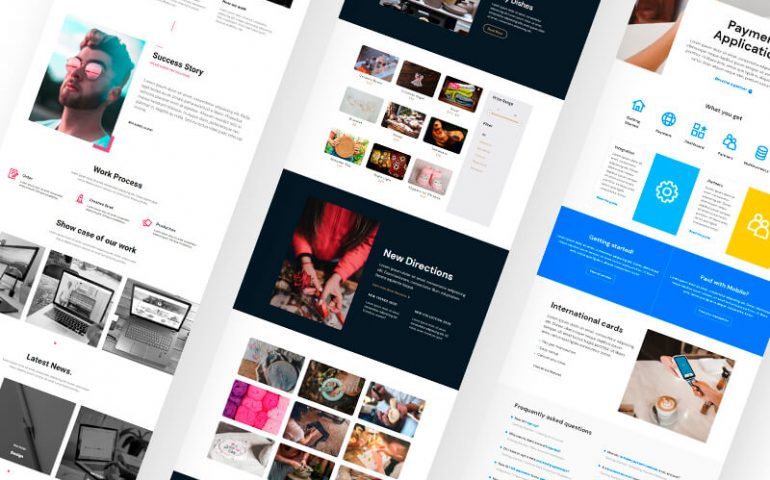An impressive portfolio is essential for showcasing your skills and attracting clients as a freelancer. Whether you’re just starting out or looking to revamp your existing portfolio, here’s a step-by-step guide to help you craft a compelling freelance portfolio from scratch.
1. Choose Your Best Work
Start by selecting your best work to include in your portfolio. Quality over quantity is key. Focus on projects that demonstrate your skills and versatility in your niche. If you’re just starting out and don’t have much client work, consider including:
- Personal Projects: Projects you’ve created on your own time that demonstrate your abilities.
- Spec Work: Hypothetical projects for well-known brands or businesses.
- Volunteer Work: Projects you’ve completed for free or at a reduced rate for non-profits or friends.
2. Highlight Diverse Skills
A strong portfolio should showcase a range of skills within your niche. For example, if you’re a writer, include various types of writing such as blog posts, articles, copywriting, and technical writing. This demonstrates your versatility and ability to handle different types of projects.
3. Create a Professional Website
Your portfolio should have a professional online presence. Creating a website allows potential clients to easily view your work and contact you. Key elements of your website should include:
- About Page: Briefly introduce yourself and your background.
- Portfolio Page: Display your selected works with descriptions and images.
- Contact Page: Provide a simple way for clients to get in touch with you.
4. Write Case Studies
Case studies provide context and detail about your work. For each project in your portfolio, include a case study that outlines:
- The Client: Brief description of the client or project.
- The Problem: What challenge or need did the client have?
- The Solution: How did you address the problem?
- The Outcome: What were the results of your work?
Case studies show your problem-solving skills and the impact of your work.

5. Use High-Quality Visuals
Visuals play a crucial role in making your portfolio attractive and professional. Use high-quality images and graphics to showcase your work. For digital work, include screenshots or mockups. For physical work, use well-lit photographs.
6. Gather Testimonials
Client testimonials add credibility to your portfolio. Reach out to past clients and ask for a brief testimonial about their experience working with you. Include these testimonials prominently on your website to build trust with potential clients.
7. Keep It Updated
An impressive portfolio is always up-to-date. Regularly update your portfolio with new projects and remove outdated or less relevant work. This ensures that your portfolio reflects your current skills and expertise.
8. Optimize for SEO
Optimize your portfolio website for search engines to increase visibility. Use relevant keywords in your descriptions and titles, and make sure your site is mobile-friendly and fast-loading. This helps potential clients find you more easily.
Conclusion
Crafting an impressive freelance portfolio from scratch requires careful selection of your best work, highlighting diverse skills, creating a professional website, writing detailed case studies, using high-quality visuals, gathering testimonials, keeping it updated, and optimizing for SEO. By following these steps, you can create a portfolio that effectively showcases your talents and attracts the right clients.












No Comment